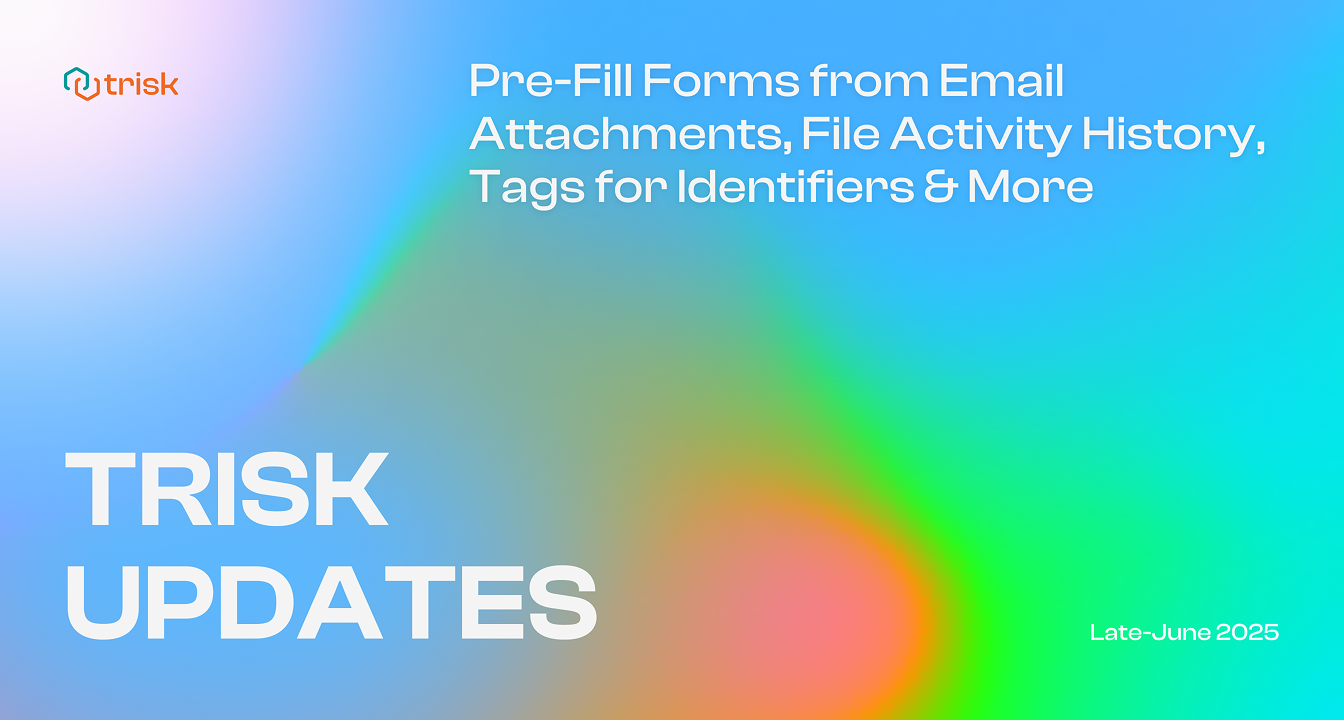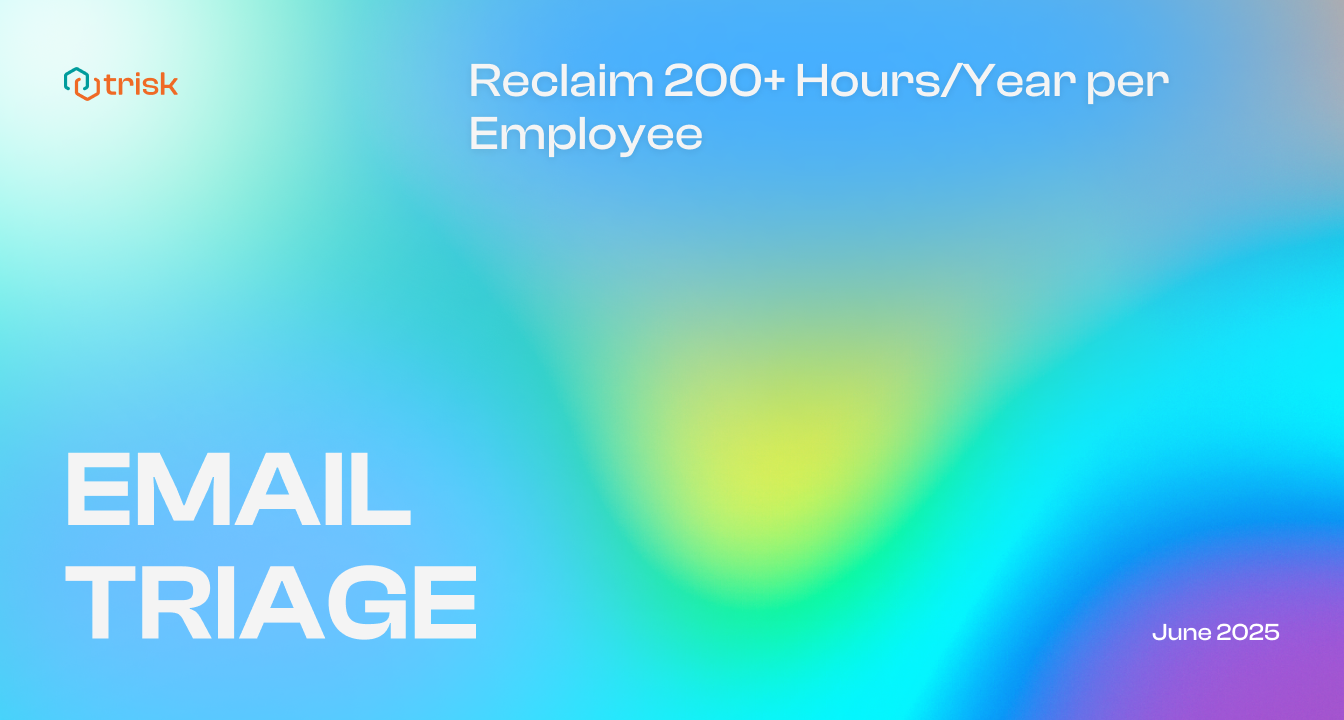Trisk combines innovative technology and user experience to solve your business pains.
Google Docs is an online word processor-accessible via an internet browser as a web-based application.
Companies like We Work promote coworking as an arrangement in which workers of different companies share office space.
Trisk combines the two for online data and project management coworking with remarkable results.
Over a number of years, the product team at Trisk has gathered information on human behavior from real users. They’ve monitored not only user interaction with the Trisk platform but the quality of the output resulting from completed workflows/projects.
What did they learn?
They learned that because humans have four learning styles when one person can engage with another person using more than just one of the learning styles, the success of the activity is increased. If you show someone something at the same time you tell them about it, your odds go up! If they actually enter information…even better!
What is Trisk Coworking?
It’s online form completion via a browser with all participants having the ability to answer questions, enter responses, data and comments into the form. Each participant’s screen identifies which coworking user is entering data as well as what’s being entered in real time.
What Trisk Coworking is not.
It is not an online conference site where one user shares a screen. It is not a telephone alternative.
Real world example #1
A Trisk customer offering professional services to clients performs an annual interview with each client. Prior to Trisk, if such annual interaction occurred at all, it was unstructured. Each subject matter expert (“SME”) talked about whatever seemed appropriate given the client. Often, the client would drive the discussion. The results were considered satisfactory. Some of what was discussed got written down, much to never be considered again. Unfortunately, nobody knew what didn’t get discussed; what got missed.
With Trisk, the firm created a very structured, smart interview form. The smart form was not only designed to display relevant questions, but it also included questions designed to upsell professional services. Each SME conducted an interview with every client. Because of Trisk’s show condition logic, although the total population of questions was the same, each client ended up being asked only questions applicable to them. The process ensured that all topics were covered (and documented), and all upselling opportunities were identified.
Not a checklist.
This is the secret sauce. Everyone knows and hates checklists. N/A is one of the most popular responses.
Not so with a Trisk co-working document. When the SME is conducting the interview online, in most cases, the client engagement has been remarkable.
- Having a client read along with the interviewer, the client’s ability to understand the question or to engage with the SME is greatly enhanced. Contrast this experience to one where a checklist is sent to a client or an SME asks a bunch of questions. In the latter cases, if the client doesn’t understand the questions, they’re apt to respond N/A. In the Trisk co-working environment, they typically ask for an explanation so all participants can arrive at the proper determination to be entered into the form.
- A client may see a question in the interview that may not be right on point for a particular issue but may trigger something the client has been thinking about or wants to discuss. The visual queue is huge.
- The SME bias is removed. We all know that an interviewer’s expectations will impact the outcome of an interview. The firm found that SME’s would occasionally skip over a question they believed was not applicable for the client, only to have the client stop them to ask for an explanation. Again, this increases the effectiveness of the interview.
- With the active form navigation within the Trisk coworking form, you can see when another user is skipping ahead, an indication of boredom or lack of interest. This is a great tool to help a SME take back control of the interview.
Real world example #2
As a result of an annual coworking interview (see real-world example #1), a self-service form is launched to a client on their Trisk dashboard. The client, while completing the self-service form by themselves on their computer, is uncertain how to respond to a particular question. Rather than email or call the SME (or ignore the question, which would be a normal occurrence without this feature), they invite the SME to a coworking session to discuss what information is required.
The SME is notified and easily joins the client on the form. As the client describes their question/uncertainty, the SME can make entries on the form along with the client and submit the completed form. Very efficient.
Final thoughts.
I am constantly reminded by our outstanding development team that we must always strive to make Trisk familiar for users. It has to feel right based on their experience with other products and platforms.
Human behavior, however, is more than how someone interacts with a user interface. We must go deeper. Greatness can be achieved by assimilating behavioral and learning styles with innovative technology.


